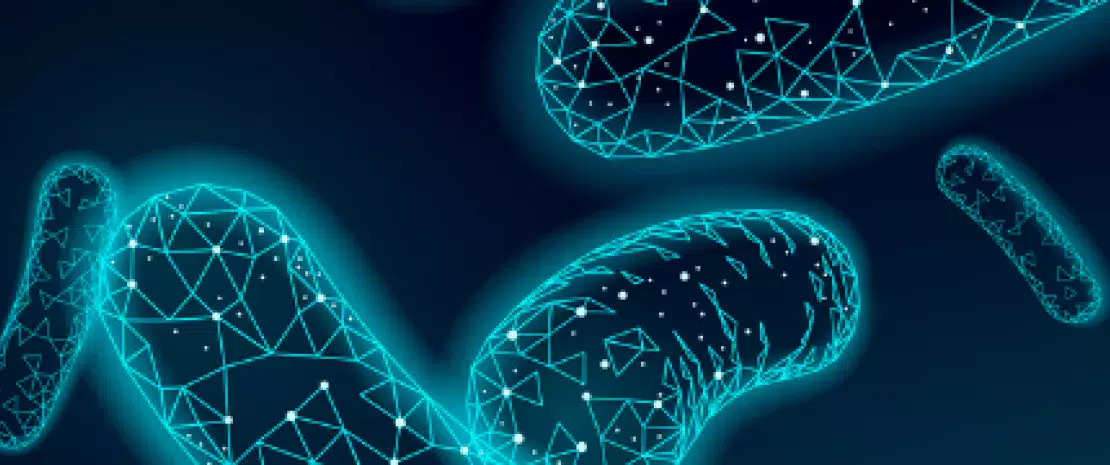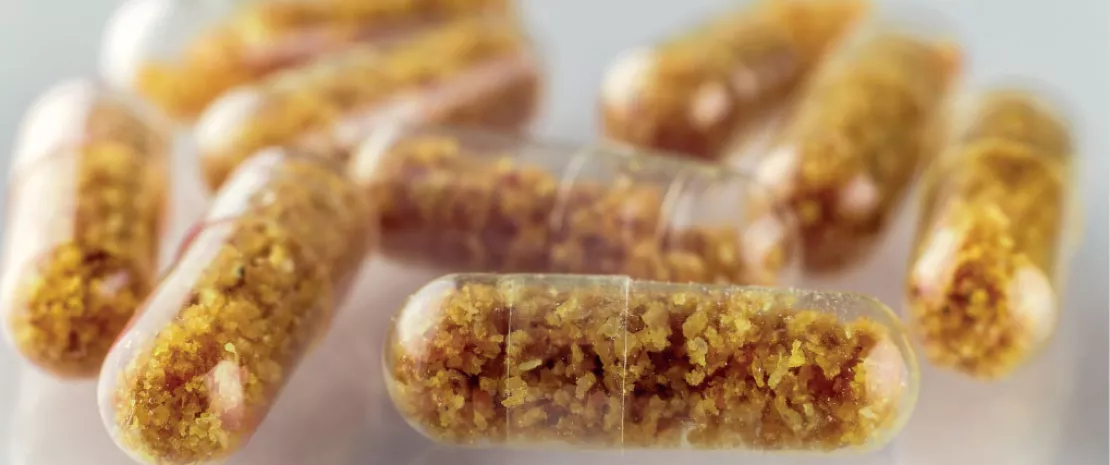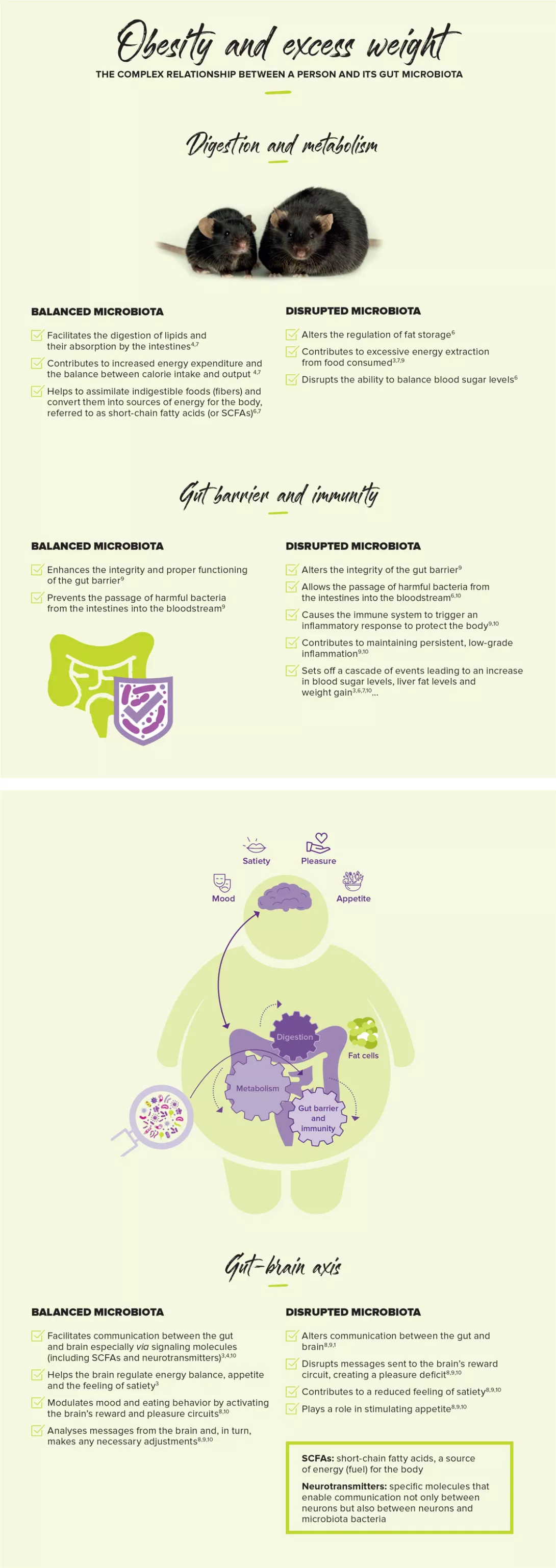Xpeer course: Gut microbiota in the management of gastrointestinal symptoms
Join Dr. Eamonn Quigley, in this free continuing medical education course, as he reviews the latest and most intriguing data on "the interaction between the microbiota and gastrointestinal symptoms".

UPDATED 2025 VERSION
This course was fully updated in 2025!
Check it out!
44% Only 2 out of 5 people said their doctor had informed them of the appropriate behaviors to adopt to preserve their microbiota balance
Synopsis of the course
Does the microbiota affect GI symptoms? The answer is yes, as largely demonstrated in the literature. But then, can we use the microbiota to treat GI symptoms? Join Dr. Eamonn Quigley in this review of the most recent and interesting data on the interaction between the microbiota and GI symptoms. We will review the effects of the microbiome on upper, and lower GI symptoms (focusing on IBS), bowel habit, bloating, flatulence, and distension, and we will get some practical tips to provide the best care to our patients with GI symptoms. Are you going to miss it?
Who is Eamonn Quigley?
- Eamonn Quigley, MD, FRCP, FACP, MACG, FRCPI, MWGO, gastroenterologist, David M. Underwood Chair of Medicine in Digestive Disorders, chief of the Division of Gastroenterology and Hepatology, and a Professor of Medicine at Weill Cornell Medical College at Houston Methodist Hospital.
- He was President of the World Gastroenterology Organisation from 2005 to 2009 and President of the American College of Gastroenterology from 2008 to 2009. He was Editor-in-Chief of The American Journal of Gastroenterology from 1997 to 2003. He has published more than 800 peer-reviewed articles, reviews, editorials, book chapters and case reports, mostly in the areas of gut motility, functional gastrointestinal disorders, and GERD.
- Conflicts of Interest Statement: The author reports receiving grants/research supports from 4D Pharma, Biomerica, and Vibrant, receiving honoraria or consultation fees from Novozymes, Biocodex, Preciosionbiotics, and Salix, and participating in a speaker's bureau sponsored by Biocodex.
What is Xpeer?
Xpeer Medical Education is the first accredited medical education app in the market, with video microlearning engaging videos of just 5 minutes.
With a powerful algorithm to personalize the user experience and the contents as the most popular entertaining streaming platforms, it offers a brand new experience for the continuing education and professional development of the healthcare professionals.
Accredited by the European Union of Medical Specialists, it delivers high quality scientific medical education pieces. On Xpeer, you will find this curriculum on Microbiota and 500 hours of medical education in 2021 in your specialty, technologies and professional and personal skills.
Information on accreditation
The app Xpeer is accredited by the European Accreditation Council for Continuing Medical Education (EACCME) to provide official ECMEC credits recognized officially in 26 countries.
The credits for the users of the module will be 1 European CME credit (ECMEC®) for every hour (60 minutes of actual e-learning excluding introductions etc.) of use, provided that the users have completed a module and have passed the relevant assessment.
Recommended by our community

"Good job" -@SnHQuang2 (From Biocodex Microbiota Institute on X)
"I like it" -@CnBalinh (From Biocodex Microbiota Institute on X)



















